Ouro Preto is a colonial city in the state of Minas Gerais (Southeastern region of Brazil). This city became known worldwide for its baroque architecture, which includes bridges, fountains, squares, and for the steep and winding cobbled streets inherited mainly from the Gold Cycle. This period comprises the 18th and 19th centuries, known for the peak of the extraction and commercialization of metals and precious stones. For its historical, patrimonial and cultural wealth, Ouro Preto is considered "Cultural Heritage of Humanity".
Tiradentes Square (Praça Tiradentes)
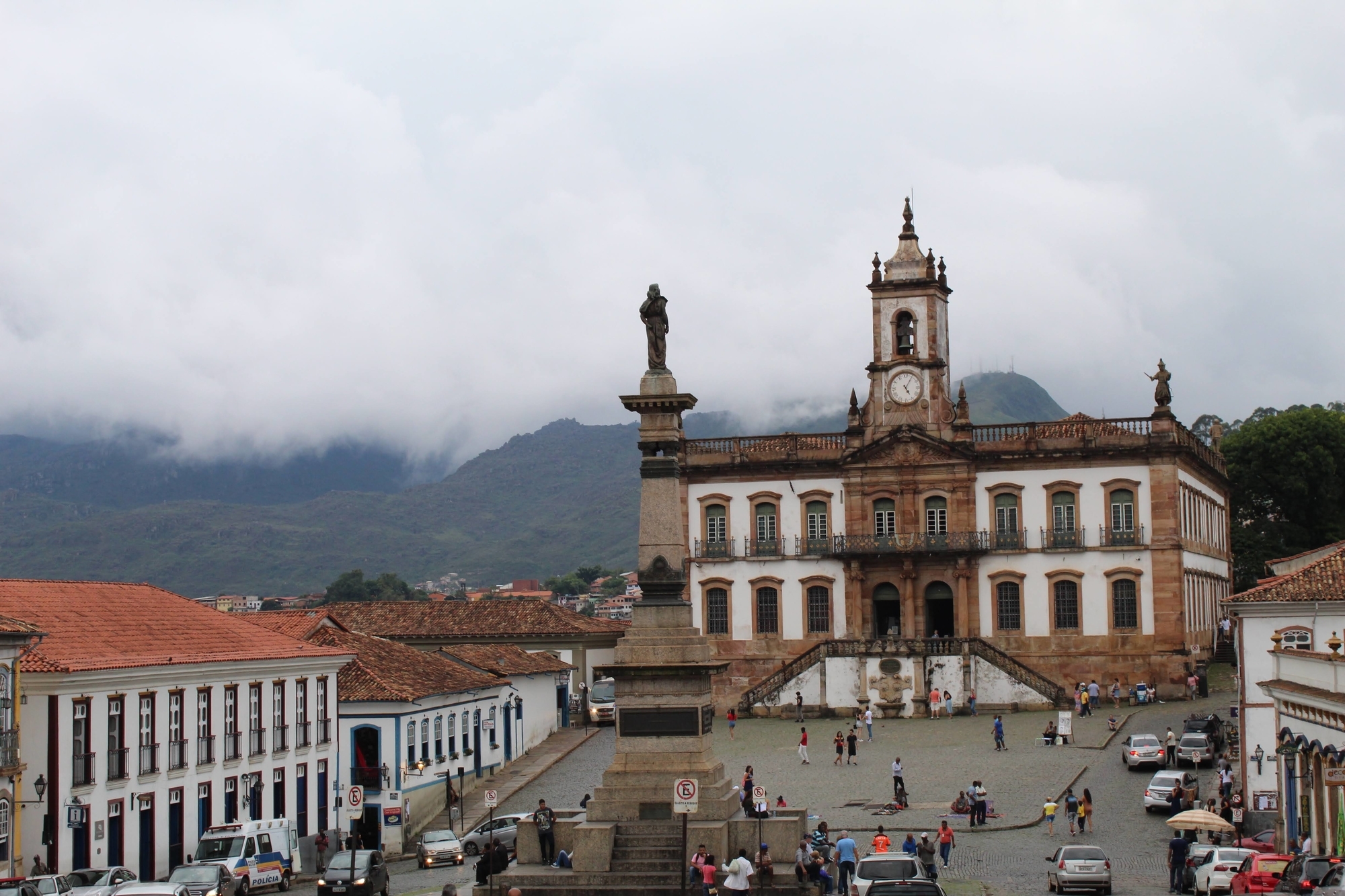
Praça Tiradentes is in the center of Ouro Preto and from there it is possible to walk all over the city. This square was named in honour of the Tiradentes, who led the 1789 Minas Gerais conspiracy in favor of Brazilian tax independence. He was executed by the Portuguese and his head was exposed at the Tiradentes square. In this same place are located: the Museum of Inconfidência, the Museum of Science and Technique of the Mines School at UFOP, and also the Cultural and Tourist Center of the FIEMG System. In the commercial area of Praça Tiradentes there are typical food restaurants from Minas Gerais, a tourist service, handicraft shops and gem stores.
Learn more at: https://www.tripadvisor.com/Attraction_Review-g303389-d555142-Reviews-Praca_Tiradentes-Ouro_Preto_State_of_Minas_Gerais.html
Museum of Inconfidência (Museu de Inconfidência)
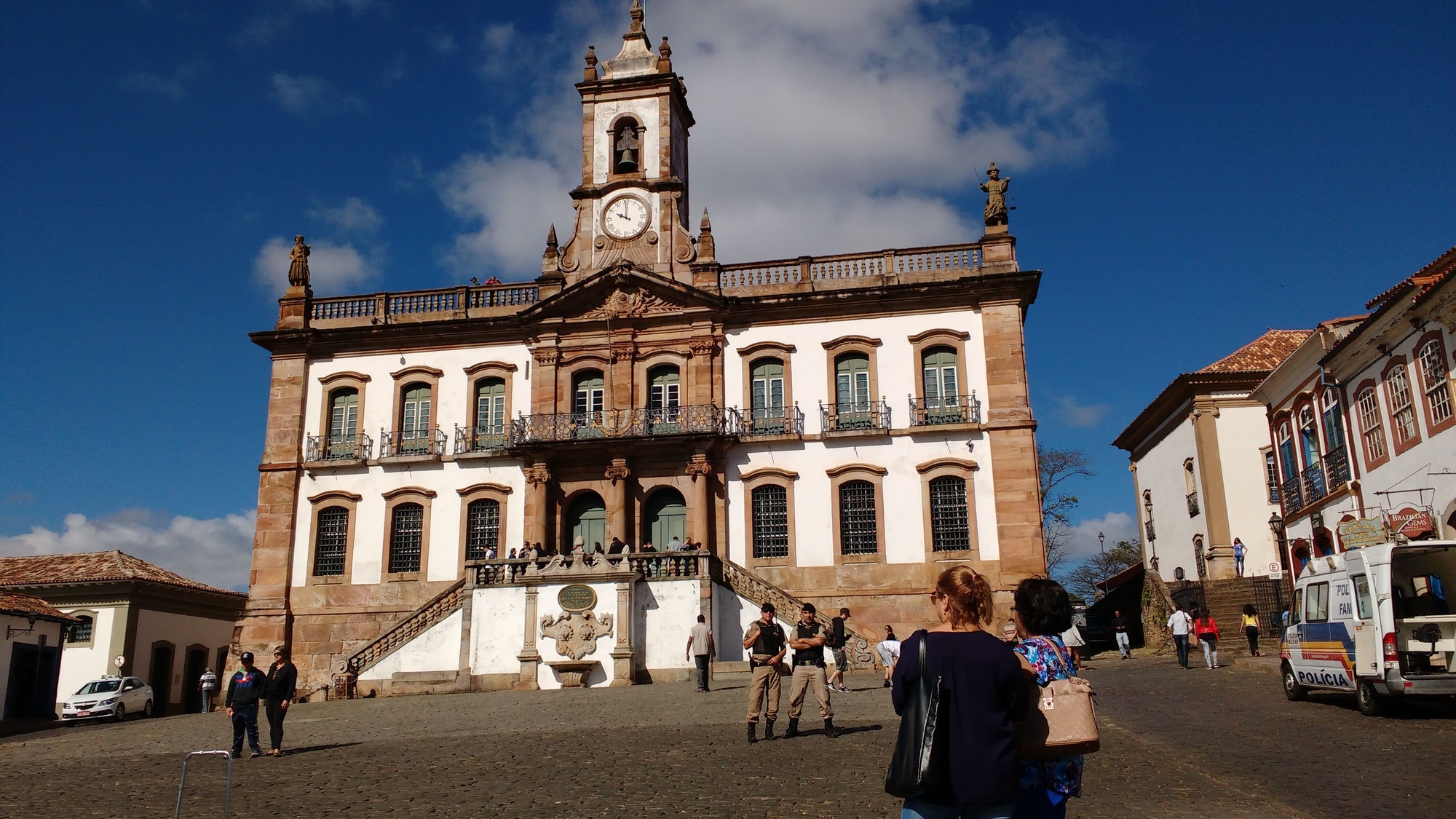
This Museum is dedicated to the history of Ouro Preto, especially the period that marked the process of Brazil's independence. The building originally was the Town Hall and Prison of Vila Rica became a museum by the request of the Brazilian President Getúlio Vargas, when the remains of the Inconfidência Mineira1 participants were repatriated from Africa. The current collection presents, in addition to the history of the inconfidentes2, a rescue of the social, political, economic and artistic life in Minas Gerais from the 18th to the 19th century. The promenade is full of beautiful pieces of art, furniture, clothing, objects, and documents which recovers the past.
1 The Inconfidência Mineira was a political conspiracy organized by professionals, the military and members of the economic and social elite of the Captaincy of Minas Gerais in the late 1780s - a time when Brazil was still a Portuguese colony.
2 The main intentions of the inconfidentes were to remove Visconde de Barbacena from governor (at the time appointed by the Portuguese crown), which was an affront to the authority of the Portuguese Empire of the Captaincy of Minas Gerais.
Learn more at: https://www.tripadvisor.com/Attraction_Review-g303389-d313966-Reviews-Museu_da_Inconfidencia-Ouro_Preto_State_of_Minas_Gerais.html or https://www.ouropreto.com.br/atrativos/culturais-2/culturais/museu-da-inconfidencia
Count’s House (Casa dos Contos)

Firstly, this house was the residence of João Rodrigues Macedo, a tax collector. Then it became the administration of contracts in the two rooms at the main entrance. Subsequently, it was a refuge for inconfidentes and, later, a place of prison for them. The name Casa dos Contos came up when the place was assigned to the Administration and Public Accounting headquarters of the Captaincy of Minas Gerais in the early 19th century. Then it started to host bodies related to financial and budgetary issues. Currently, the large baroque style townhouse displays exhibitions, with emphasis on the numismatic collection. The large rooms also exhibit period objects and furniture and a slave quarters (the place where the slaves used to be confined).
Learn more at: https://www.tripadvisor.com/Attraction_Review-g303389-d2389271-Reviews-Casa_dos_Contos-Ouro_Preto_State_of_Minas_Gerais.html or https://www.ouropreto.com.br/atrativos/culturais-2/culturais/museu-casa-dos-contos
Basilica of Our Lady of the Pillar (Basílica Nossa Senhora do Pilar)
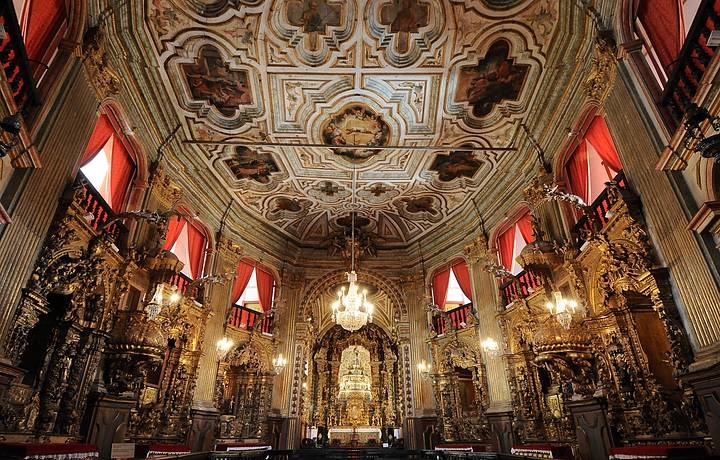
This church is considered one of the most beautiful in Ouro Preto. It is estimated that this church received the most gold in its decoration in comparison with other churches in all of Brazil. It was built in the first half of the 18th century, replacing the old chapel built of wood and mud. The new church has gained a reputation as an official temple, as it is the site of the ceremony for the possession of governors and also government festivals. Today the church also houses the Museum of Sacred Art. On the tour, it is possible to see objects and pieces of sacred art which were part of the Ouro Preto history.
Learn more at: https://www.tripadvisor.com/Attraction_Review-g303389-d313967-Reviews-Basilica_of_Nossa_Senhora_do_Pilar-Ouro_Preto_State_of_Minas_Gerais.html or https://www.ouropreto.com.br/atrativos/religiosos/igrejas/basilica-menor-de-nossa-senhora-do-pilar
Vale’s Train Ouro Preto – Mariana (Trem da Vale Ouro Preto-Mariana)
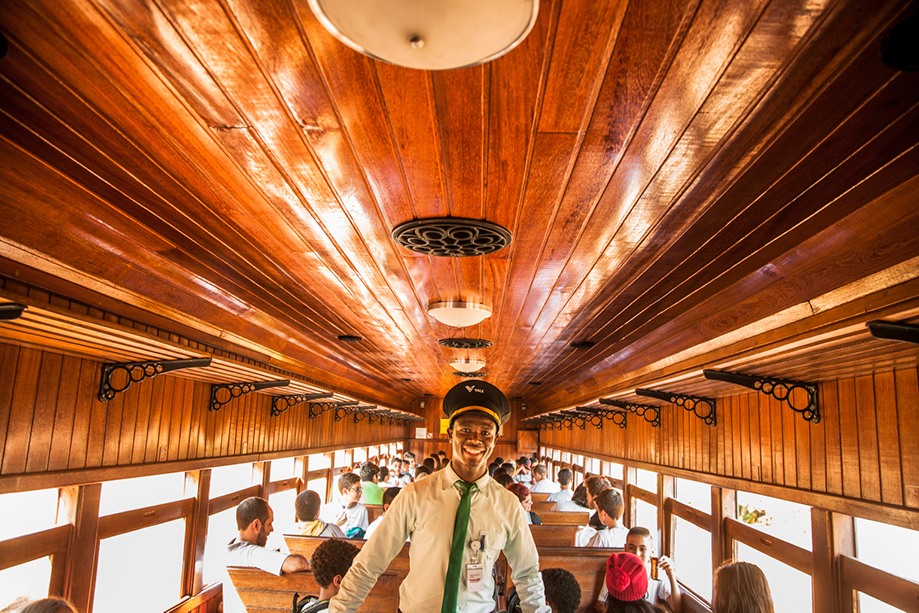
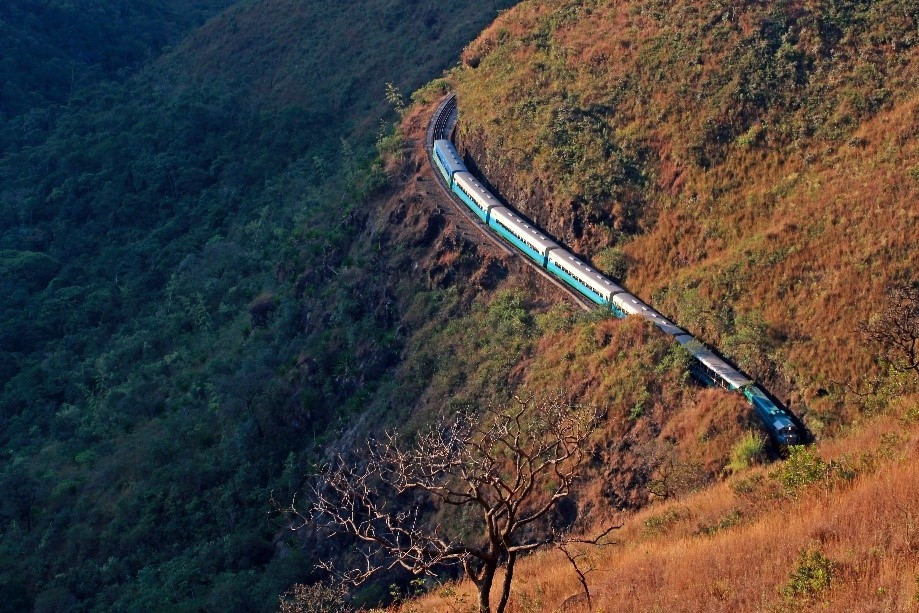
From 2004 to 2006, the Vale mining company revitalized the old railway. It was built in 1883 and its 18 km in length links Ouro Preto to Mariana. Also, four stations were restored, in addition to the cars and the locomotive, preserving their original characteristics. Since then, it has been an important cultural and tourist attraction between the two cities. This trip allows you to see beautiful landscapes between cities. The view from the panoramic car is even more impressive.
Learn more at: https://www.tripadvisor.com/Attraction_Review-g303389-d2389356-Reviews-Trem_da_Vale_Ouro_Preto_e_Mariana-Ouro_Preto_State_of_Minas_Gerais.html or http://www.vale.com/brasil/pt/business/logistics/railways/trem-turistico-ouro-preto-mariana/paginas/default.aspx
Mariana
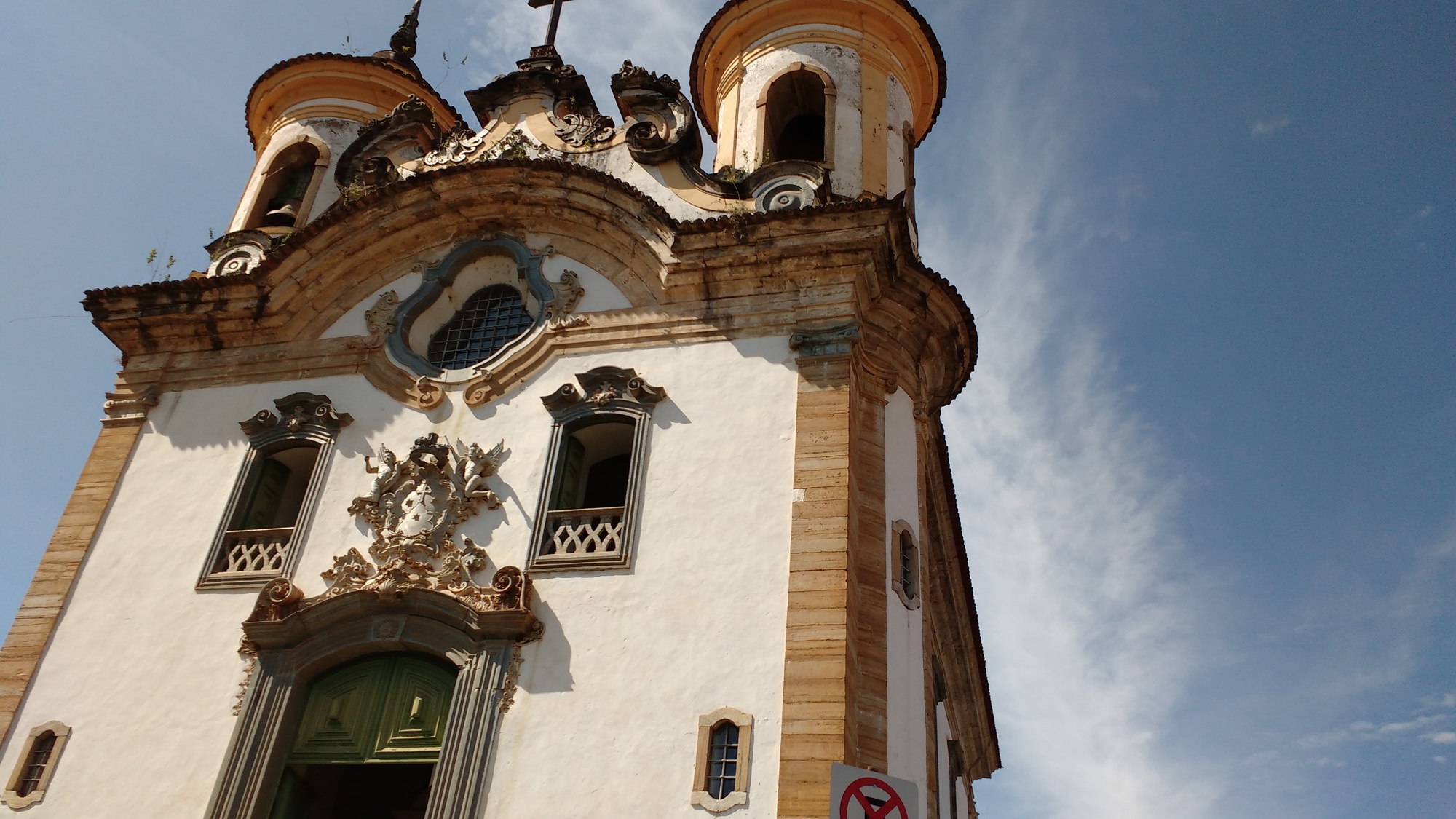
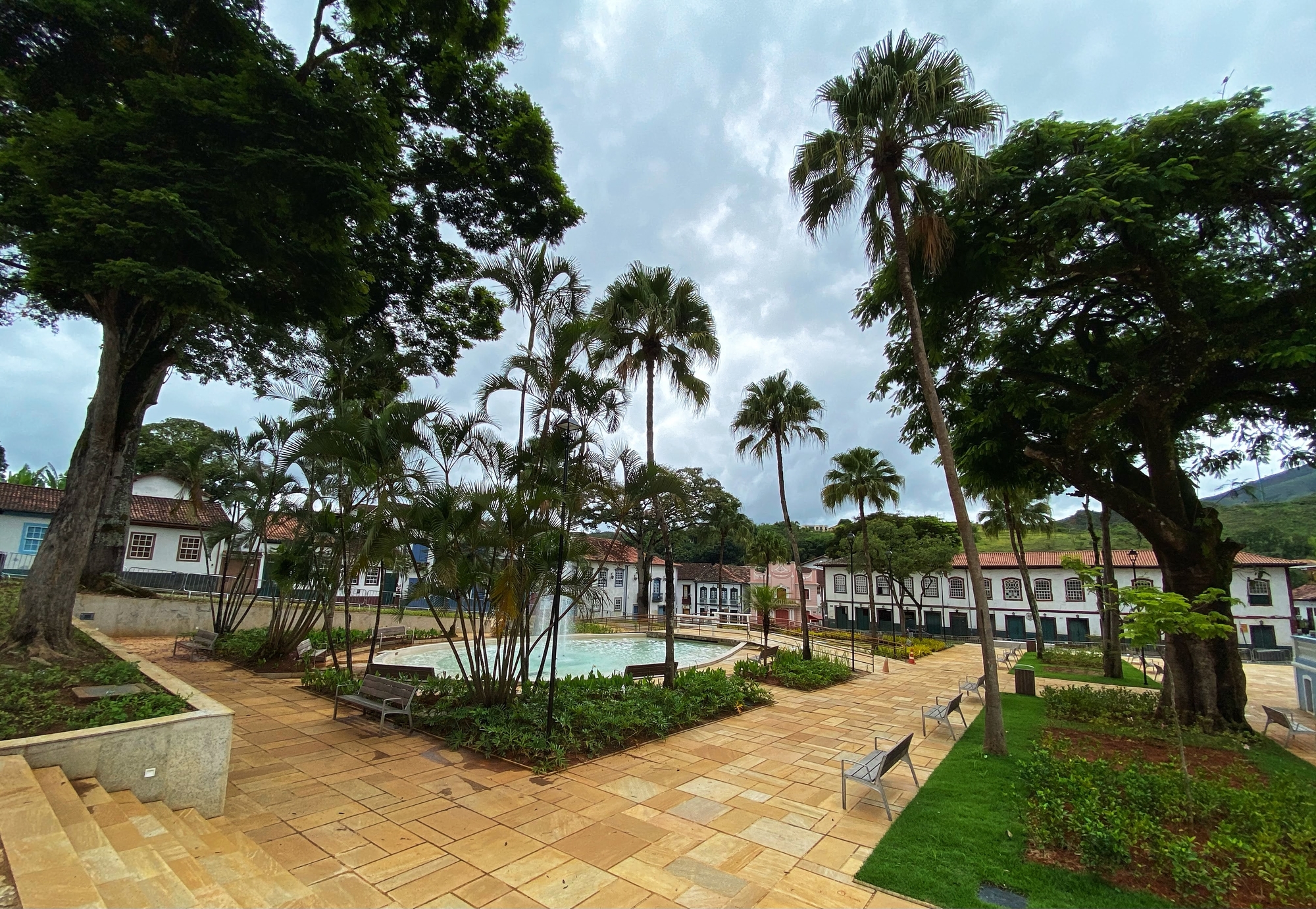
Mariana is 16 km from Ouro Preto and 117 km from Belo Horizonte (the capital city of Minas Gerais). This municipality became known worldwide for the economic and environmental disaster of the dam breach of Fundão in November 2015. Despite this, Mariana is an excellent day trip because like Ouro Preto, it preserves part of Brazilian colonial history, mainly linked to the Gold Cycle in Minas Gerais. The city offers many options to visit beautiful churches, colonial mansions, small museums and an old-fashioned look that makes Mariana an unmissable destination. The main attractions of Mariana are the two churches at Minas Gerais Square, one of the points that best preserve the colonial and baroque architecture in this city. Another point worth mentioning, from the 18th century, is the Basilica of São Pedro dos Clérigos which differs from the pattern of Brazilian colonial architecture and follows lines with Italian influence. From the top, you have a beautiful view of Mariana. A walk around the Praça Gomes Freire is a good tip, where there are restaurants and bars that allow you to enjoy your free time.
Learn more at: https://www.tripadvisor.com/Tourism-g303386-Mariana_State_of_Minas_Gerais-Vacations.html or https://mariana.org.br
Cathedral Basilica of the Sé and Sé’s Organ (Catedral da Sé e Órgão da Catedral da Sé)
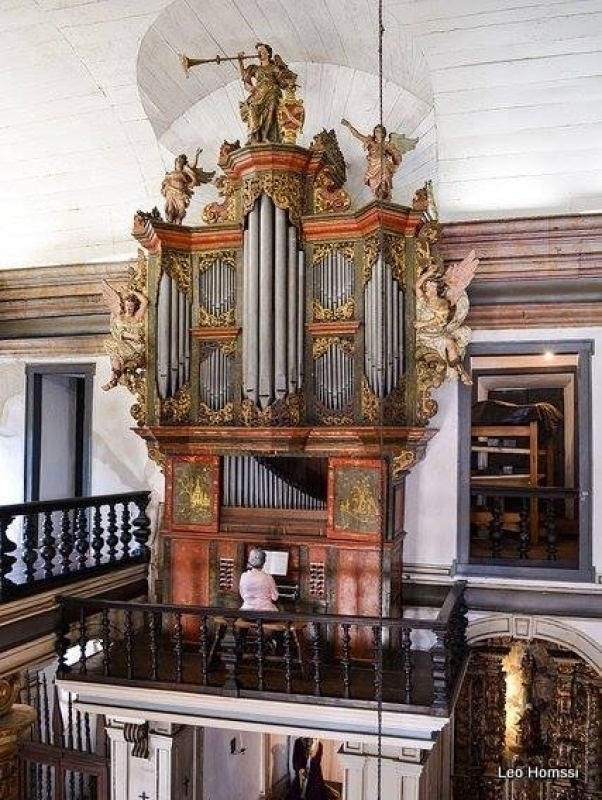
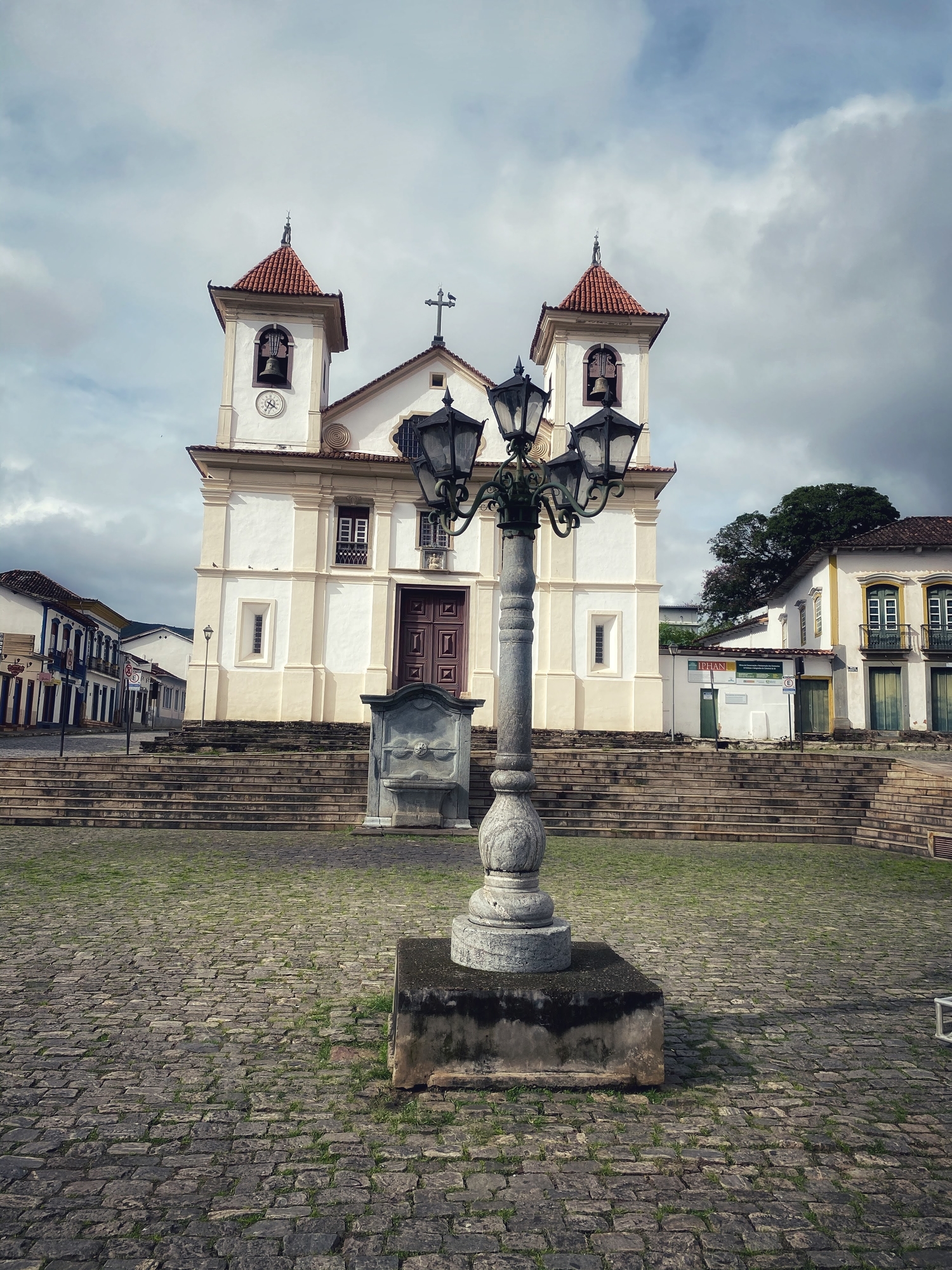
From the 18th century, Sé Cathedral (also named Nossa Senhora da Assunção) was built and kept in its rich interior with some details attributed to Mestre Ataíde and Aleijadinho. Inside this Cathedral, there is a masterpiece which attracts the attention of several musicians, tourists and scholars from Brazil and the world: an organ built in 1701, in Hamburg (Germany), by Arp Schnitger (1648-1719). The "Sé's organ" arrived in Brazil in 1753, as a gift from the Portuguese Crown to the first bishop of Mariana, D. Frei Manoel da Cruz. Among the Schnitger manufacturing instruments that still exist today, this is one of the best preserved types and the only one that is found outside Europe.
Learn more: https://www.mg.gov.br/conteudo/conheca-minas/turismo/catedral-da-se-nossa-senhora-da-assuncao or https://www.mg.gov.br/conteudo/conheca-minas/turismo/orgao-da-catedral-da-se-de-mariana.
Itacolomi State Park (Parque Estadual do Itacolomi)
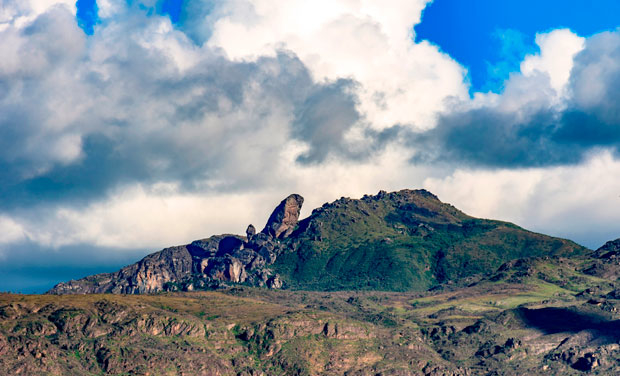
Among the natural beauty to be visited on the outskirts of Ouro Preto, the most exuberant is the Itacolomi State Park, which houses the Pico do Itacolomi, with 1,772 meters of altitude, which was a reference point for the former travelers of Estrada Real. During the tour, it is possible to visit the dam and Mirante do Custódio; take the trails of the chapel, the lagoon and the oven; and visit the small Tea Museum. The most willing tourists will be able to schedule guided tours to Morro do Cachorro and Pico do Itacolomi, from where you have a wonderful view of the city of Ouro Preto.
Learn more at: https://www.tripadvisor.com/Attraction_Review-g303389-d2389353-Reviews-Parque_Estadual_do_Itacolomi-Ouro_Preto_State_of_Minas_Gerais.html or https://www.ouropreto.com.br/atrativos/ecoturismo/parques/parque-estadual-do-itacolomi
Andorinhas Waterfall (Cachoeira das Andorinhas)

Parque das Andorinhas is part of the Environmental Protection Area of Cachoeira das Andorinhas. The waterfall that gives the park its name is inside a rocky formation similar to a cave and is so called because it houses a large amount of collared swallows at this time of summer. Visitors should pay attention to the slippery soil and deep cracks during the hikes. The path also calls for suitable footwear. The water from the waterfalls and stream is suitable for bathing, but it is not drinkable.
Learn more at: https://www.tripadvisor.com/Attraction_Review-g303389-d2389163-Reviews-Andorinhas_Waterfall-Ouro_Preto_State_of_Minas_Gerais.html or https://www.ouropreto.com.br/atrativos/ecoturismo/parques/parque-municipal-da-cachoeira-das-andorinhas
Mines of the Old Palace (Minas do Palácio Velho)
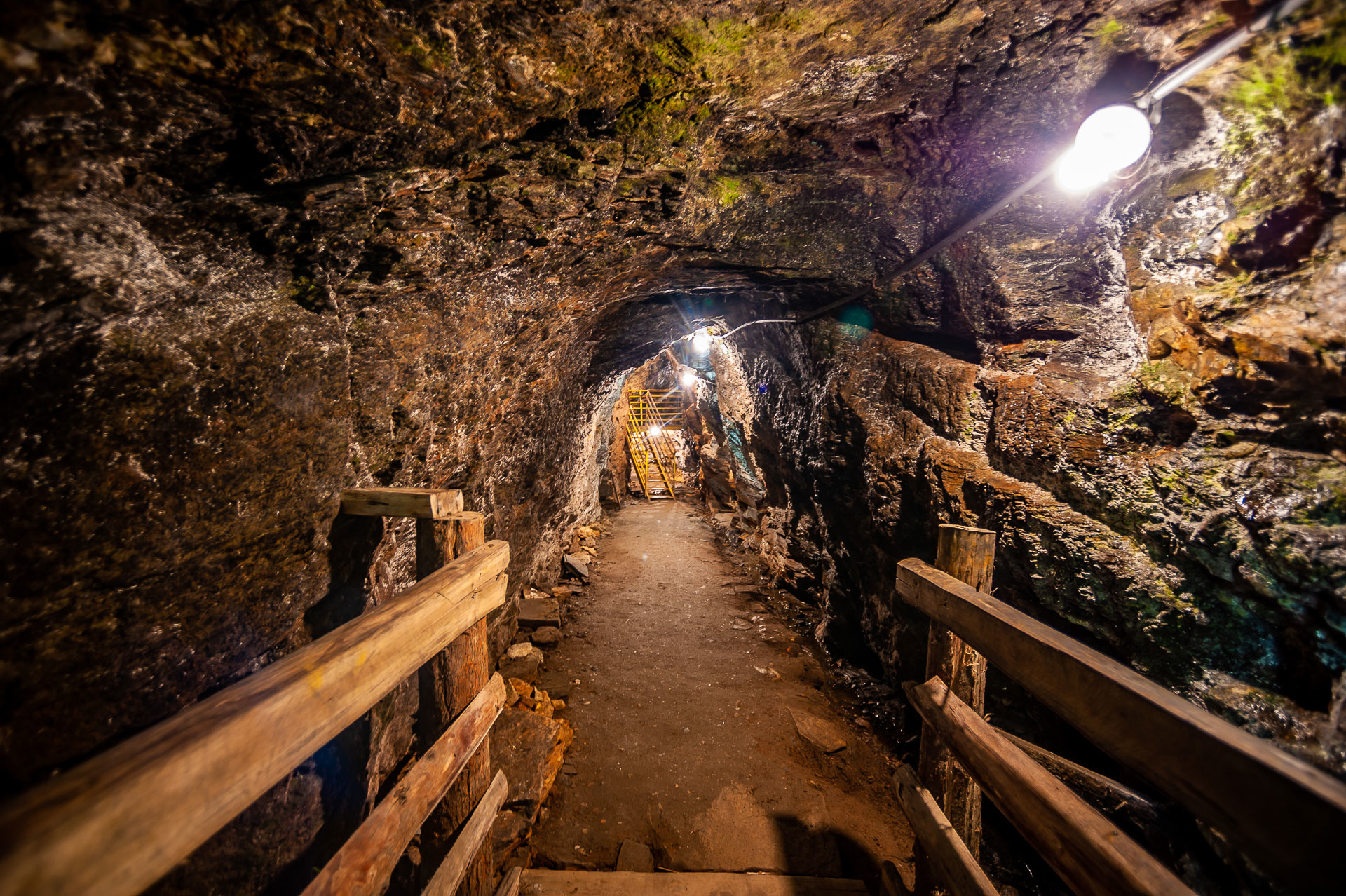
The Palácio Velho Mines is part of the first and most productive gold mining centers in Minas Gerais during the 18th century. Located at the base of the slope of the old hill of Tapanhuacanga, the “Minas do Palácio Velho” preserve in their galleries, original aspects of the methods used in the extraction and investigation of the “Ouro Preto”.
Learn more at: https://www.tripadvisor.com/Attraction_Review-g303389-d12389108-Reviews-Minas_do_Palacio_Velho-Ouro_Preto_State_of_Minas_Gerais.html or https://minasdopalaciovelho.com/
For more attractions on Ouro Preto: https://www.tripadvisor.com/Attractions-g303389-Activities-a_allAttractions.true-Ouro_Preto_State_of_Minas_Gerais.html and https://caint.ufop.br/ouro-preto-info/sobre-a-cidade
